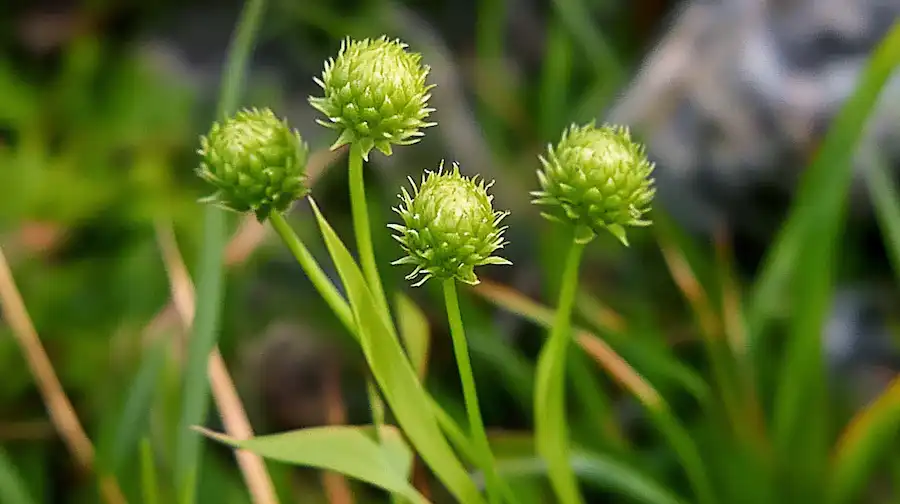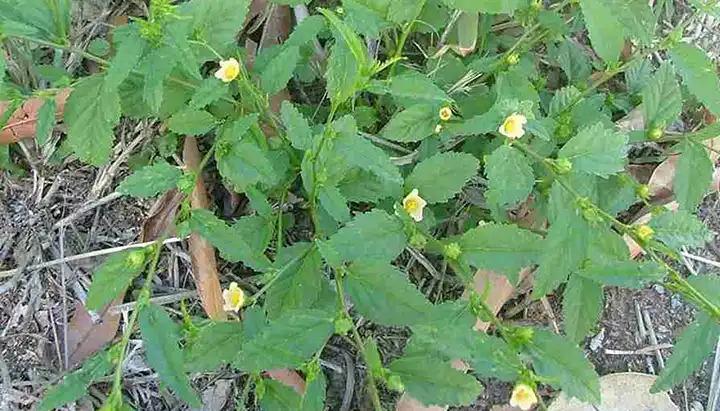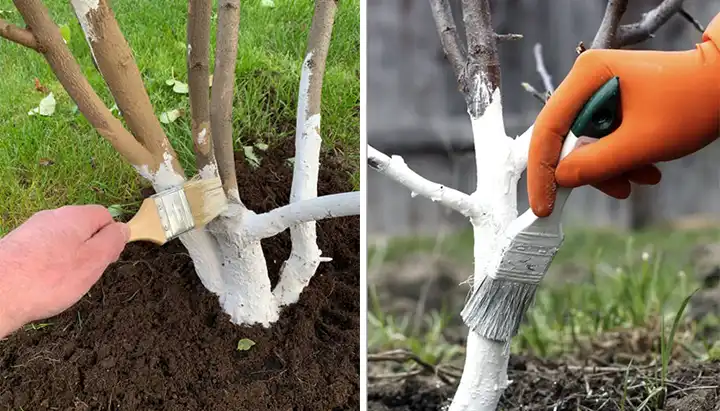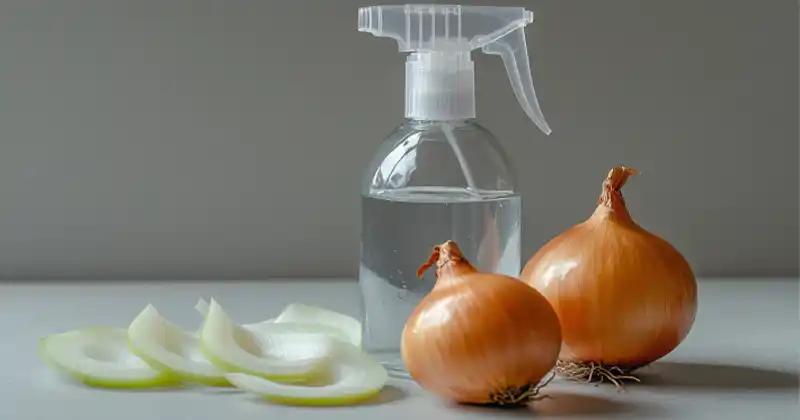Growing Tomatoes: A Comprehensive Guide for Maximum Yield

Tomatoes are a beloved and popular vegetable crop, cherished by gardeners and chefs alike. Not only are they relatively easy to grow, but they also thrive in various soil types without requiring special conditions. With adequate sunlight, proper fertilization, and good care, tomatoes can produce an abundance of delicious, large fruits. This article provides a detailed guide on how to grow tomatoes from seedlings to a bountiful harvest, ensuring you achieve the best possible results.
Starting with Seedlings
The journey from planting to the first harvest takes approximately 110 days. To optimize this process, start by growing seedlings indoors. This allows the plants to develop strong roots and stems before being exposed to outdoor conditions.
Transplanting to the Garden
Once the danger of frost has passed, it’s time to transplant your tomato seedlings into the garden. Here are the steps to ensure successful planting:
Depth and Positioning
Plant the tomatoes deep into the soil, burying them up to the third leaf node. This method encourages the growth of additional roots along the buried stem, enhancing nutrient absorption and overall plant stability. Learn more about the benefits of planting tomatoes on their side.
Removing Lower Leaves
Before planting, remove the bottom three leaves of the seedling. This practice promotes better air circulation and reduces the risk of disease.
Enriching the Soil
Incorporate crushed eggshells into the planting hole. Eggshells are rich in calcium, a vital nutrient for tomatoes that supports root development and prevents blossom end rot. Grind the shells finely and add a tablespoon to each hole.
Nurturing with Eggshell Fertilizer
Eggshells can also be transformed into a potent liquid fertilizer:
Preparation
- Wash and dry the shells from ten eggs, then crush them finely.
Soaking
- Place the crushed shells in a jar and add 500 milliliters of 9% vinegar. Let the mixture steep for 5-7 days in a warm place, stirring occasionally.
Application
- Strain the solution and dilute one tablespoon of the liquid in one liter of water. Use this to spray the leaves or water the base of the plants, applying 500 milliliters per plant. Repeat every 10-14 days during fruiting to prevent calcium deficiencies.
Alternative Organic Fertilizers
Chicken Manure
- Well-rotted chicken manure is an excellent source of nitrogen, phosphorus, potassium, and essential microelements. Add a handful to each planting hole to boost leaf and shoot growth.
Crushed Peas
- If chicken manure is unavailable, use crushed peas as an organic alternative. Peas provide organic nitrogen and various microelements. Add a tablespoon of crushed peas to each hole, mix with soil, and cover with more soil before planting.
Planting Tips for Optimal Growth
Timing
- Transplant tomatoes in the late afternoon or on cloudy days to reduce transplant shock.
Orientation
- Lay the seedlings on their sides at a slight angle, burying them up to the third leaf node. This technique helps leggy plants adapt and grow stronger. For more tips, check out the ultimate guide to planting tomatoes.
Watering and Protection
- Water the plants thoroughly with warm water after planting and shield them from direct sunlight initially to help them acclimate.
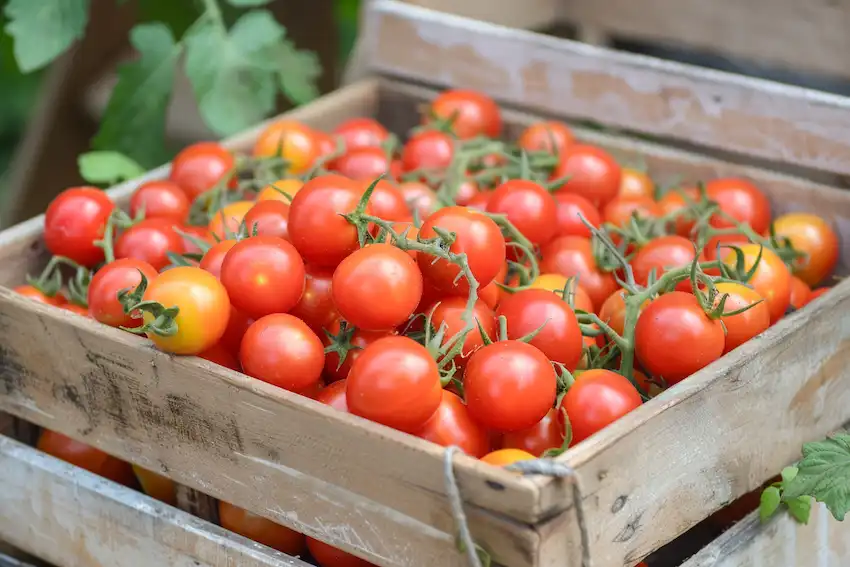
Boosting Plant Health
To give your tomatoes a strong start, consider an initial powerful feeding to enhance their immunity, stress resistance, and energy for growth. This initial boost is crucial for their development. Discover more about techniques and nutrition tips for cultivating robust tomatoes.
By following these detailed steps, you can cultivate healthy, productive tomato plants that yield an abundant harvest. Proper planting techniques, combined with organic fertilization methods, ensure your tomatoes grow robustly and resist common issues like calcium deficiency and transplant shock. For more comprehensive advice, visit our ultimate guide to growing tomatoes. Happy gardening!




